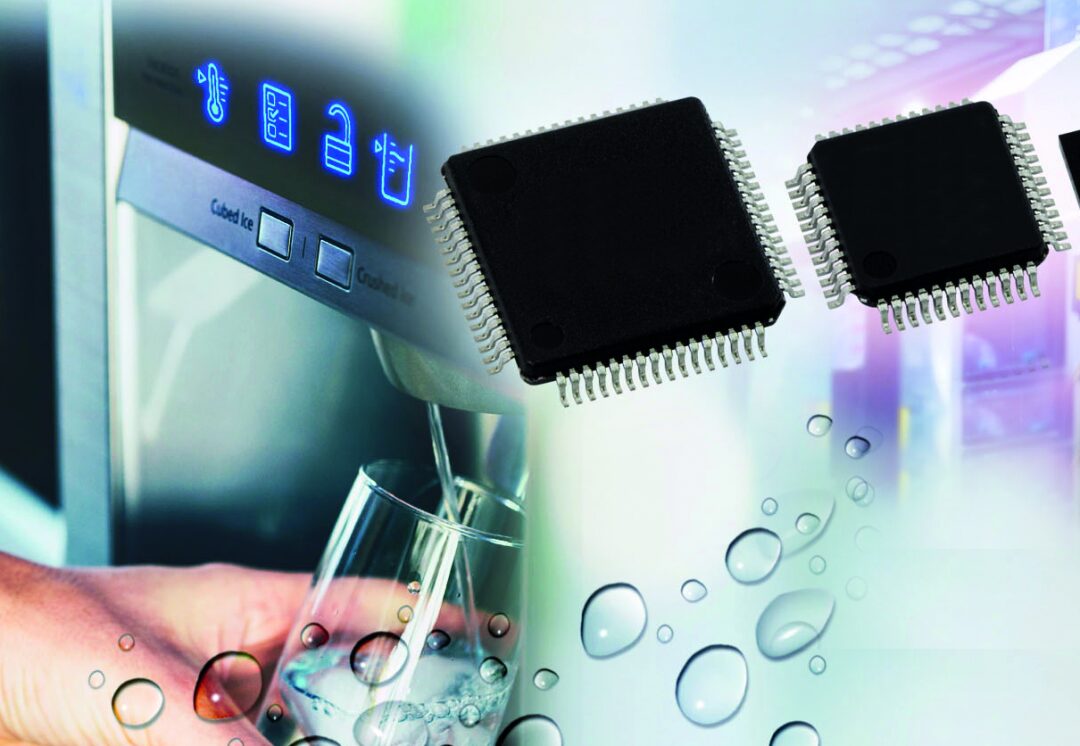As the demand for battery life in terminal devices increases, low-power MCUs are becoming more widely used. So, what is a low-power MCU? Which categories have a strong demand for low-power MCUs? What trends are emerging in the development of low-power MCUs?


Wide Application Scenarios
“Typically, low-power MCUs utilize different design methods and processes compared to general MCUs to reduce energy consumption and leakage current, allowing the MCU to operate longer on the same energy, providing more enduring battery life for devices powered by batteries or energy harvesting methods.” This is the interpretation provided by an STMicroelectronics representative.
Due to their ability to provide longer battery life, low-power MCUs have a wide range of application scenarios.
According to an STMicroelectronics representative, in recent years, IoT applications have gradually entered industrial and consumer fields, especially in areas such as water, gas, and heat meters, wearable devices, medical electronics, smart homes, remote monitoring and control, and wireless sensing, generating a large demand for low-power solutions. He further cited examples: “Continuous glucose monitors require battery life of over 14 days, logistics tracking devices require battery life of over 3 months, smart water meters require battery life of over 6 years, and landslide monitors require self-sustaining power for permanent operation, etc. These devices operate on battery power or through environmental energy harvesting and require long operational times of several months, or even years. Thus, power consumption becomes the most critical limiting factor for such applications.”
The diversity of application scenarios has led many semiconductor manufacturers to rush into the low-power MCU market.
International manufacturers, such as STMicroelectronics, Microchip, Silicon Labs, and TI, have all launched series of low-power MCU products. Among them, ST is a leader among many players. It is reported that low-power MCUs account for a significant share of ST’s overall MCU business and are continuously growing. Currently, ST’s low-power products include the STM32L0, STM32L4, and STM32U5 series, achieving an excellent balance between power consumption and performance. “At the same time, we provide customers with a powerful low-power design platform. ST’s low-power products support multiple platforms, exhibit outstanding low-power performance, and are backed by a robust development ecosystem, making them the preferred platform for customers to develop various applications,” added an STMicroelectronics representative regarding ST’s advantages in low-power MCUs.
In the face of opportunities in the low-power MCU market, domestic manufacturers are also not willing to lag behind. According to reports, companies such as GigaDevice, Fudan Microelectronics, Huada Semiconductor, and Zhongke Xiner are also actively positioning themselves. However, according to an industry insider, domestic MCU manufacturers entered the low-power MCU industry relatively late and, in terms of product variety and key technology accumulation, still cannot compete with foreign manufacturers, currently only launching a few products.
For example, GigaDevice launched its first low-power MCU, the GD32L233 series, in October 2021, based on the ARM Cortex-M23 core; Fudan Microelectronics’ FM33A0xx series is a 32-bit low-power MCU based on the ARM Cortex-M0 core; Huada Semiconductor has also laid out early in low-power 32-bit MCU product development, successively launching the HC32L110, HC32L130, and HC32L136 product series, based on the Cortex-M0+ core. Zhongke Xiner is a domestic manufacturer focused on low-power MCUs, launching the XRM32UL051 series in May 2023, also based on the Cortex-M0+ core.
GigaDevice is a leader in the domestic low-power MCU field. When discussing the company’s advantages in low-power MCUs, a GigaDevice representative summarized three points. First, based on an ultra-low-power manufacturing process. The GD32L233 series MCUs utilize industry-leading 40nm ultra-low-power (ULP) manufacturing technology, reducing power consumption from the hardware level through low-leakage physical units. Second, specially optimized low-power analog IP. Energy-efficient terminal devices often remain in standby mode and can be awakened at any time, which also determines that some of the chip’s analog circuits and peripherals remain in always-on mode. The GD32L233 series MCUs integrate specially optimized low-power analog IP, effectively reducing energy loss. Third, employing low-power digital design methodologies. The GD32L233 series MCUs follow various low-power digital design concepts, especially multi-voltage domain design. In various operational modes, this MCU can control the power on and off of idle modules, preventing unnecessary energy loss, further enhancing its low-power characteristics.
In summary, the GigaDevice GD32L233 series integrates low-power principles throughout the entire chip design process, optimizing system power consumption comprehensively and effectively across multiple levels, including advancements in manufacturing processes, developments in design concepts, and innovations in chip architecture.

Promising Prospects
The technological innovation in low-power MCU power consumption metrics has driven the rapid development of IoT applications. In addition, low-power MCUs have also given rise to more new product forms and application scenarios, such as smart home appliances.
According to a representative from HeTai Semiconductor, with the rise of smart homes, more and more devices are being connected to the internet, such as smart ovens and smart coffee machines. These devices typically use ultra-low-power MCUs for control, enabling them to meet demands for high efficiency, high safety, and high reliability during operation.
Data also reflects that the market prospects for low-power MCUs are promising. According to QYResearch data, driven by IoT and smart applications, the market size of ultra-low-power MCUs is continuously expanding, with an expected market growth rate of over 10% in the coming years, and the market size is projected to exceed $10 billion by 2025.
An STMicroelectronics representative stated that ST’s low-power product development team will continue to launch innovative products using advanced manufacturing technologies to address customers’ design challenges in balancing power consumption and performance, as well as dynamic and static (power consumption), while providing an increasingly robust ecosystem that enables customers to choose the perfect platform for designing low-power products. At the same time, he noted that home appliances and consumer electronics have huge market potential and are an important application direction for ST’s low-power products.
Statement: All original articles from “Electrical Micro-publications” require authorization for reprinting.
